How to Clean a Toaster Your Comprehensive Guide
A toaster is a kitchen essential that we use almost every day, but how often do we think about cleaning it? Crumbs, grease, and grime can build up over time, affecting the toaster’s performance and even posing a fire hazard. In this guide, we’ll walk you through the steps to properly clean your toaster, explain what the numbers on a toaster mean, and explore alternative ways to toast bread without a toaster. We’ll also compare some of the most popular toasters in the UK to help you make an informed decision.
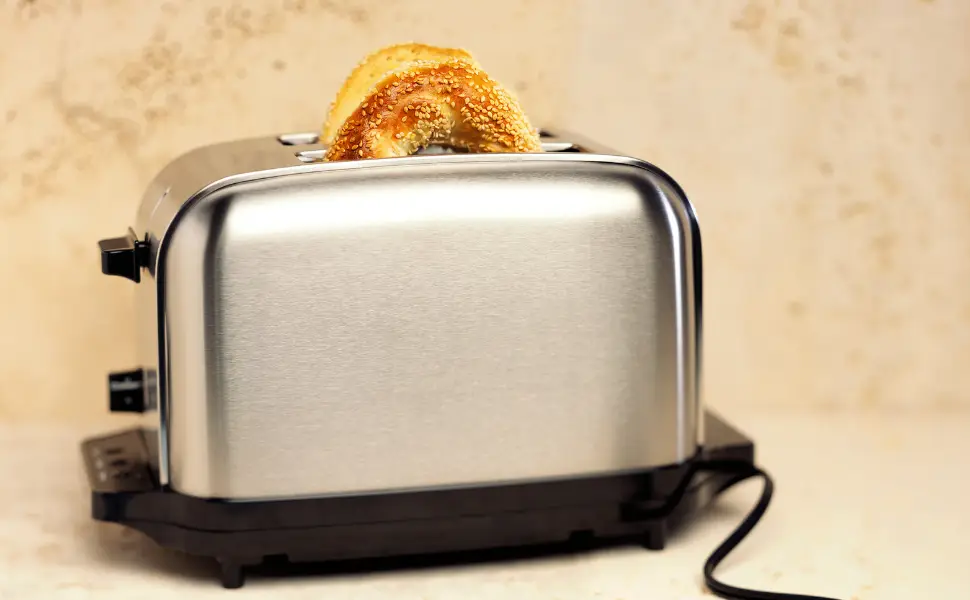
Table of Contents
How to Clean a Toaster?
Cleaning a toaster is simple, but it's important to do it safely and correctly to maintain its efficiency. Here's how you can clean your toaster in a few easy steps:
1. Unplug the Toaster : Safety first! Make sure the toaster is unplugged and completely cool before you start cleaning.
2. Remove Crumb Tray : Most toasters have a removable crumb tray at the bottom. Slide it out and dispose of the crumbs. Wash the tray with warm, soapy water, and let it dry completely before reinserting it.
3. Shake Out Crumbs : Turn the toaster upside down over the sink or a trash bin and gently shake it to remove any remaining crumbs inside. Be careful not to shake too vigorously to avoid damaging the toaster’s internal components.
4. Clean the Interior : Use a soft brush or an old toothbrush to remove any stuck-on crumbs inside the toaster. Avoid using any sharp objects that could damage the heating elements.
5. Wipe the Exterior : Wipe the outside of the toaster with a damp cloth. For stubborn stains, a mixture of baking soda and water can be applied to a sponge for gentle scrubbing.
6. Polish the Toaster : If your toaster has a stainless steel finish, you can polish it with a microfiber cloth and a small amount of stainless steel cleaner to restore its shine.
7. Reassemble and Test : Once everything is clean and dry, reassemble the toaster, plug it in, and test it with a piece of bread to ensure everything is working properly.
What is the importance of Numbers on a Toaster?
The numbers on a toaster typically refer to the time the toaster will run, affecting how browned your toast will be. Here's a quick explanation:
- Lower Numbers : These settings usually result in lighter toast, as the bread spends less time in the toaster.
- Higher Numbers : These settings provide darker toast because the bread is toasted for a longer period.
However, the actual results can vary depending on the brand and model of the toaster, as well as the type of bread you’re using.
How to Toast Bread Without a Toaster?
If you don't have a toaster or it’s temporarily out of service, there are other ways to toast your bread:
1. Stove top : Place a skillet or frying pan on medium heat Add just a little of butter or oil if you’d like… Place the bread in the pan and cook until golden brown on both sides.
2. Oven : Preheat your oven to 180°C (350°F). Place the bread slices on a baking sheet and bake for about 5-10 minutes, flipping halfway through, until the bread reaches your desired level of toastiness.
3. Grill : Use the grill setting on your oven. Place the bread on a baking sheet under the grill, watching it closely to avoid burning. Flip the bread after a couple of minutes to toast both sides evenly.
Best Toasters in the UK A Comparison
Here’s a quick comparison of some of the most popular toasters available in the UK
1. Ninja Toaster

- Features : 3-in-1 functionality (Toaster, Grill & Panini Press), 7 cooking functions, flip design for space-saving, and 7 toast shade settings.
- Pros : Versatile, even toasting, includes multiple accessories.
- Cons : Larger footprint compared to traditional toasters.
2. Smeg Toaster
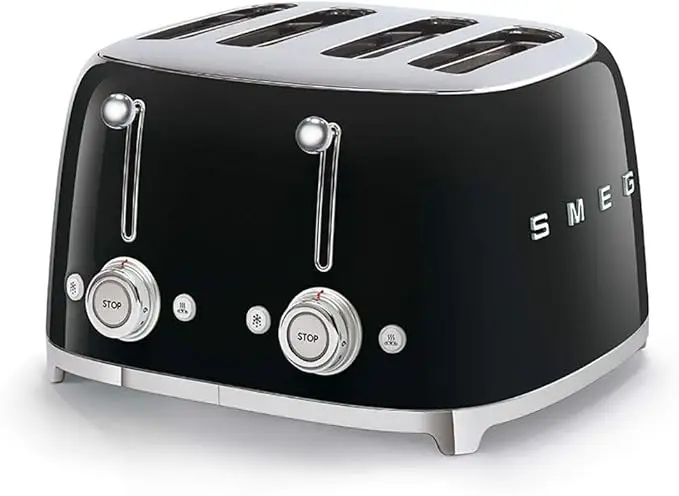
- Features : 4 large slots, self-centering racks, 3 pre-set programs (Reheat, Defrost, Bagel), and two independent control panels.
- Pros : Stylish design, evenly toasts various bread sizes.
- Cons : Higher price point.
3. Breville Toaster
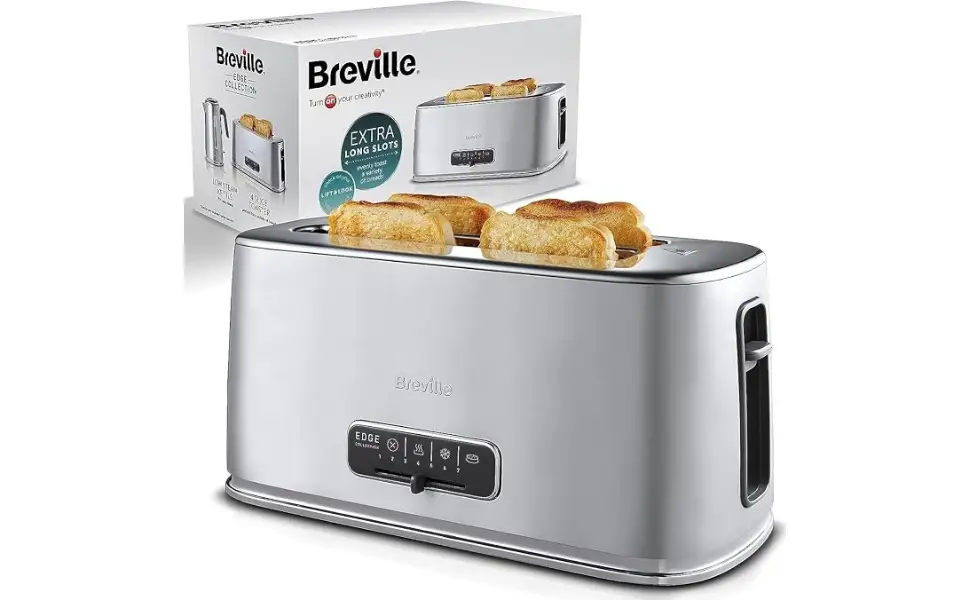
- Features : Extra-long slots, variable browning control, high-lift for easy removal, and brushed stainless steel finish.
- Pros : Sleek design, accommodates larger bread types, intuitive features.
- Cons : Limited to basic toasting functions.
4. Dualit Toaster
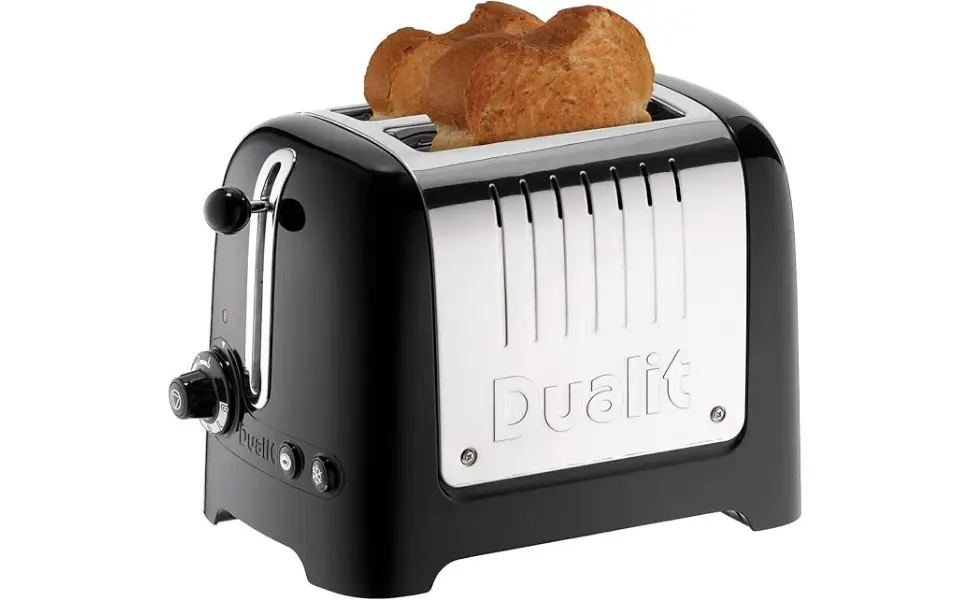
- Features : Perfect Toast Technology, Peek & Pop feature, Bagel & Defrost settings, and extra-wide slots.
- Pros : Classic design, reliable performance, energy-efficient.
- Cons : Higher cost, basic functionalities.
5. Russell Hobbs Toaster
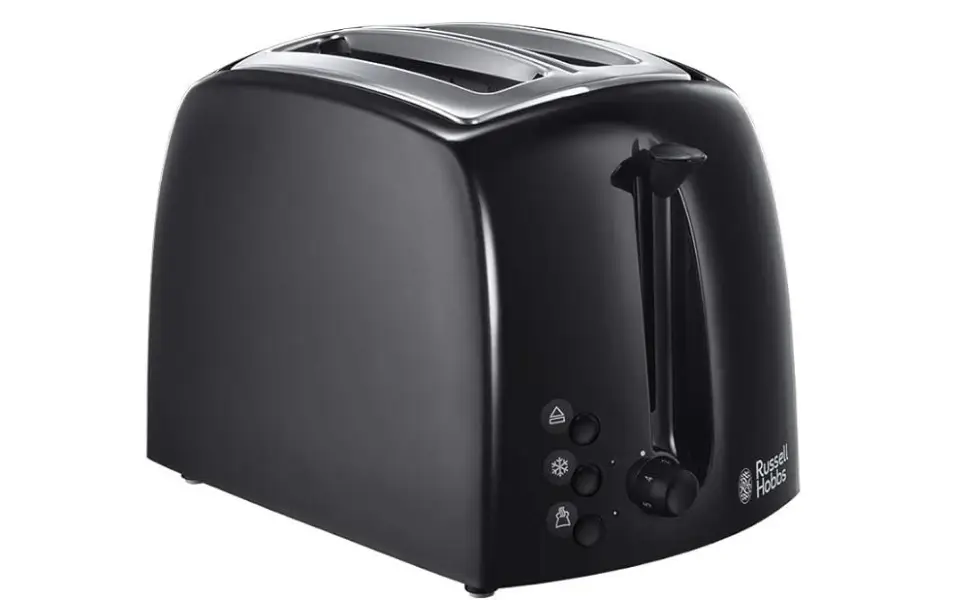
- Features : Extra wide slots, frozen, cancel & reheat functions, removable crumb tray, and variable browning control.
- Pros : Affordable, user-friendly, consistent results.
- Cons : Basic design, fewer advanced features.
6. Bosch Toaster
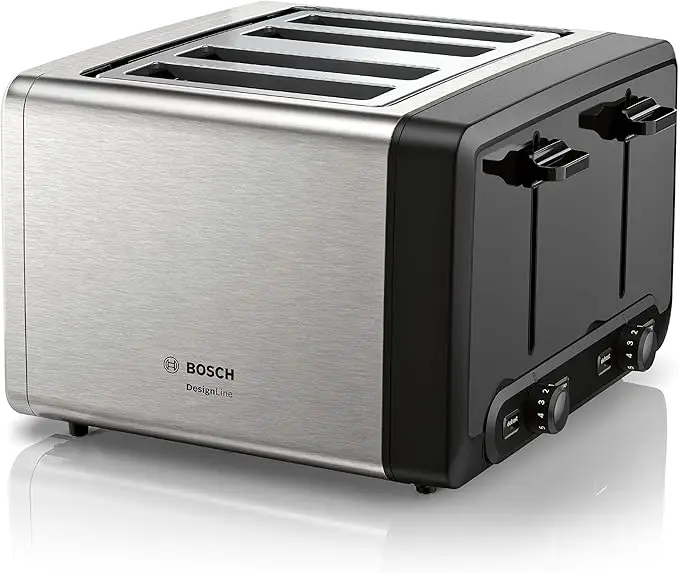
- Features : Integrated bun warmer, reheat/defrost functions, auto shut-off, high lift, and compact design.
- Pros: Elegant design, precise toasting, convenient features.
- Cons : Limited to two slices.
Conclusion
Keeping a clean toaster not only guarantees toast with a superior flavor but also increases the appliance’s life span. Understanding the numbers on a toaster can help you achieve the perfect level of browning, and there are always alternatives if your toaster is unavailable. When choosing a new toaster, consider your specific needs and preferences. Whether it’s the versatile Ninja Toaster, the stylish Smeg Toaster, or the reliable Breville Toaster, there’s an option for everyone.
Affiliate Disclosure
This post may contain affiliate links. If you make a purchase through one of these links, we may earn a small commission at no additional cost to you. We only recommend products and services we believe will add value to our readers.
